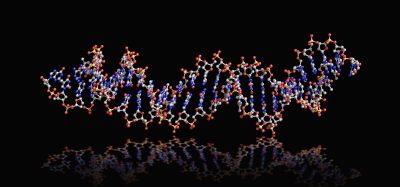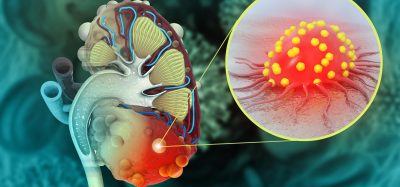Discovery of hidden survival mechanism in MRSA points to new drug targets
Posted: 24 July 2025 | Drug Target Review | No comments yet
In the fight against antibiotic-resistant bacteria, researchers at Michigan State University (MSU) have made a discovery that could change how we target deadly pathogens like Staphylococcus aureus and its drug-resistant strain – MRSA.


A new study from Michigan State University’s Department of Microbiology, Genetics & Immunology (MGI) offers deeper insight into the metabolic flexibility of S. aureus – a type of gram-positive, spherically-shaped bacterium. Published in mBio and supported by the National Institutes of Health, the research highlights a surprising degree of metabolic redundancy that allows the bacteria to survive even when key enzymes are removed.
The challenge of Staph and MRSA
Staphylococcus aureus, commonly known as “staph,” is a group of bacteria often found on the skin and in the noses of healthy individuals. Whilst typically harmless, some strains can cause serious and sometimes life-threatening infections. Among the most dangerous is methicillin-resistant staphylococcus aureus (MRSA), which resists many standard antibiotics and can cause severe skin infections, pneumonia or bloodstream infections.
Investigating a bacterial paradox
The study focused on a class of molecules called isoprenoids – which are vital for bacterial survival and cell wall formation. Initially, scientists believed that the enzyme IspA was solely responsible for producing short-chain isoprenoids in staph. But when researchers engineered staph mutants lacking the IspA gene, the bacteria still survived.
Biomarkers are redefining how precision therapies are discovered, validated and delivered.
This exclusive expert-led report reveals how leading teams are using biomarker science to drive faster insights, cleaner data and more targeted treatments – from discovery to diagnostics.
Inside the report:
- How leading organisations are reshaping strategy with biomarker-led approaches
- Better tools for real-time decision-making – turning complex data into faster insights
- Global standardisation and assay sensitivity – what it takes to scale across networks
Discover how biomarker science is addressing the biggest hurdles in drug discovery, translational research and precision medicine – access your free copy today
“So how in the world is a mutation in IspA viable? How can the cell tolerate that?” Dr Troy Burtchett asked. “That’s really what started this project off. It was just a basic science investigation.”
Redundancy in bacterial survival
Working in the lab of associate professor Neal Hammer, Burtchett and the team hypothesised that another enzyme might be compensating for the absence of IspA. Their attention turned to HepT – another enzyme in the same class – and found it was involved in previously unrecognised pathways – including the synthesis of a molecule essential for bacterial respiration.
The bacteria were still viable – suggesting the existence of a third, unidentified enzyme at work.
To test the hypothesis, the researchers engineered a double mutant strain lacking both IspA and HepT. Once again, the bacteria were still viable – suggesting the existence of a third, unidentified enzyme at work.
“One of the conclusions is that there is an incredible level of redundancy in isoprenoid synthesis in S. aureus,” said Burtchett. “This has never been demonstrated before.”
Potential beyond staph
The researchers believe this metabolic redundancy may not be unique to staph. Isoprenoid synthesis pathways are highly conserved across bacterial species, suggesting the findings could have broader implications for other dangerous pathogens such as E. coli and Pseudomonas.
Progress in the search for new antibiotics
Antibiotic resistance remains a growing global threat, with microbes evolving resistance not just to individual drugs, but to entire drug classes. The discovery of new and previously untargeted metabolic pathways – like those revealed in this study – could allow for new therapeutic possibilities.
Antibiotic resistance remains a growing global threat, with microbes evolving resistance not just to individual drugs, but to entire drug classes.
“If it’s new, there’s probably not existing resistance to it,” Burtchett said. “It might be more difficult to gain resistance to it, and you can get more use out of that antibiotic.”
Looking to the future, the team hopes their work will encourage further exploration into bacterial metabolism and drug development.
“Dr Burtchett’s findings open exploration into several new areas of research, the most relevant being the identity of the third short-chain isoprenoid synthesis enzymes,” said Dr Hammer. “Identifying this enzyme will provide new targets for therapeutic intervention.”
Related topics
Antibiotics, Disease Research, Drug Discovery, Drug Targets, Enzymes, Metabolomics, Microbiology, Translational Science
Related conditions
Bloodstream infections, pneumonia, skin infections
Related organisations
Michigan State University








